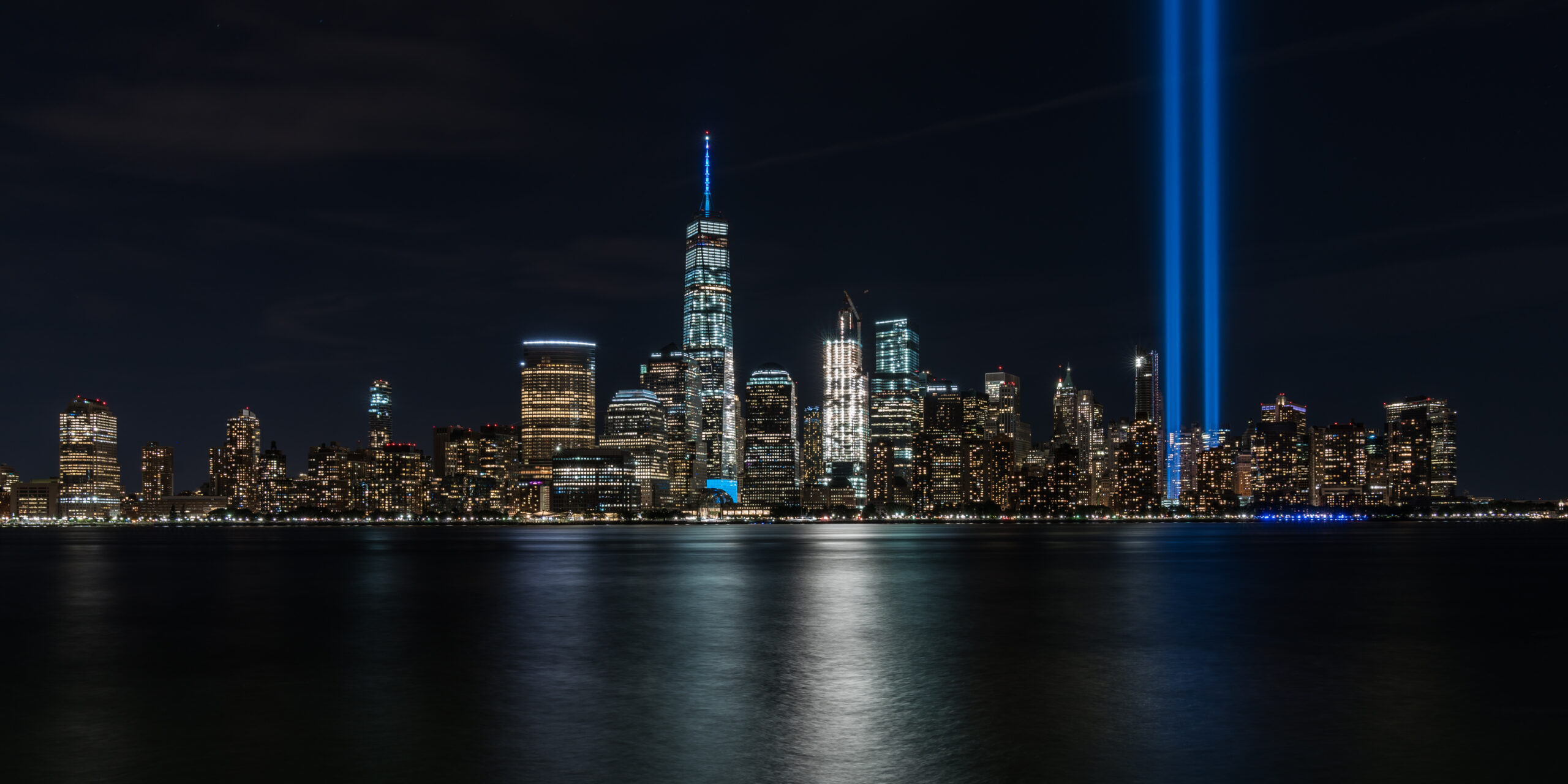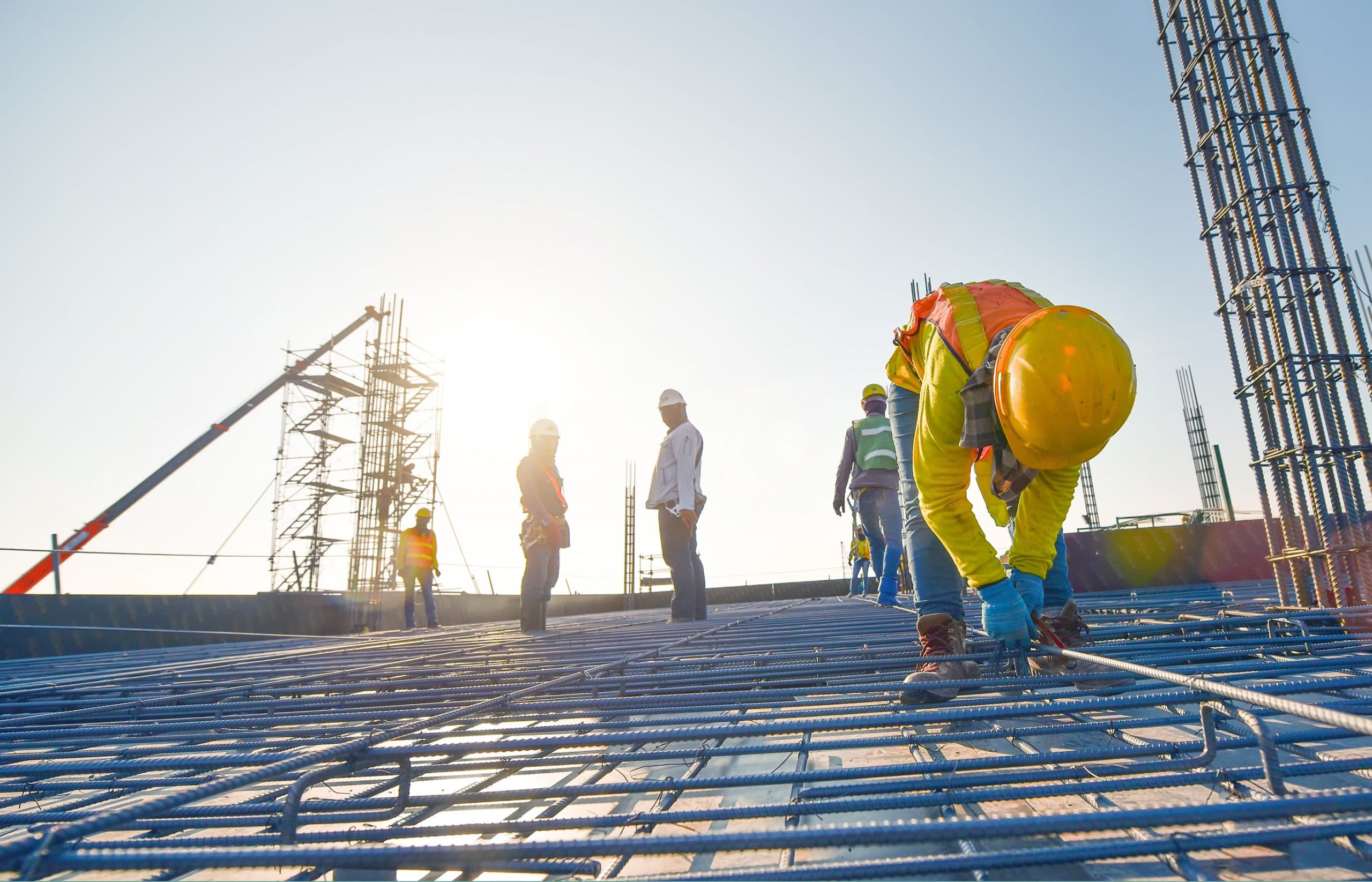9/11 and Respiratory Cancers 20 Years Later
Two decades have gone by since the morning of September 11, 2001. The terrorist attacks that sent the World Trade Center tumbling to the ground spewed a mist of toxic dust into the air. Health conditions, including respiratory cancers, have resulted in survivors and first responders that were exposed. As research advances, doctors hope to develop a better understanding of 9/11-related cancers.

Toxic Dust at Ground Zero Caused Asbestos Exposure
The World Trade Center was constructed with thousands of tons of asbestos-containing products, including 40 floors worth of fireproofing spray along steel beams. The mineral can be found in other building materials, including drywall, air ducts, pipes, flooring, textured paint, and many other places. Once the second plane hit the South Tower, the World Trade Center began to crumble and fall to the ground, releasing a plume of toxic dust into the air. The dust, which consisted of disintegrated paper, glass, asbestos, mercury, and other harmful matters blanketed lower Manhatten and the surrounding radius of 1.5 miles and would eventually lead to many being diagnosed with one of the many respiratory cancers.
An estimated 400,000 to 500,000 residents, first responders, victims, rescue and clean crews, and others were exposed to the dust after 2 million tons of debris piled on top of ground zero. It took about 100 days for fires to be extinguished, and even longer for the dust cloud to completely settle.
Rate of Respiratory Cancers and Mesothelioma for Exposed Workers
A least 1,880 first responders, survivors, and cleanup crew have died from an illness that would have been caused by exposure to toxins surrounding ground zero following the attacks. First responders and rescue crews spent the most time around the wreckage and were at the greatest risk for developing a severe health effect.
Research suggests firefighters have the highest rate of likeliness to develop cancer or another severe illness, at 19 percent. In a study comparing the general population to 28,729 police offers and recovery workers who served at the 9/11 site, police officers have a 9 percent higher rate of getting cancer.
For patients with lung cancer, mesothelioma, or other 9/11-related respiratory cancers, a long latency period can occur. The latency period, which is the amount of time between first exposure to a carcinogen and the development of cancer, for mesothelioma patients can take between 30 and 60 years. Few mesothelioma cases have been reported as a result of exposure on 9/11 due to the long latency period. Doctors are predicting an increase in mesothelioma and other respiratory cancer cases as the latency period starts to approach 30 years.
Types of Cancers Associated With 9/11 Dust Exposure
First responders who worked at the 9/11 site are at 41 percent higher risk for leukemia, 25 percent higher risk for prostate cancer, and 219 percent higher risk for thyroid cancer. One study published in 2019 found that inhaling toxic dust from 9/11 caused aggressive, fast-growing prostate cancer. The combination of exposure to the toxic dust and certain lifestyle behaviors, such as smoking, has led to increased rates of head and neck cancer. Other studies show the first responders are at greater risk of lung cancer and heart disease, even two decades after the 9/11 attacks.
The World Trade Center (WTC) Health Registry, in collaboration with the WTC Environmental Health Center, was established to examine the long-term health effects of a large-scale disaster. Public health experts note that long-term health monitoring of disasters like 9/11 is essential for survivors and responders who were exposed to toxins for a prolonged period of time.
In recent years, the rate of non-melanoma skin cancer and prostate cancer has significantly increased among responders and survivors. Lymphoma, thyroid, and respiratory cancers have also seen a slight increase since 2016. While this data could make an applicable conclusion that exposure to the dust does increase the risk for cancer, scientists list other reasons that could explain data findings, including:
- An increase in cancer cases may result because of the increase in observations of the health of the responders and survivors.
- Most of the patients involved in the studies are men.
- Lung cancer rates could be lower if the percentage of smokers was lower among those studied than the general population.
Other Risk Factors of 9/11 Dust Exposure
9/11-related cancers aren’t the only risk factors associated with World Trade Center dust exposure. Within a week after the attacks, hospitalizations of respiratory, cardiovascular, and cerebrovascular conditions increased at Manhatten hospitals. Most of the hospitalizations consisted of patients over 65 years old.
According to the Centers for Disease Control and Prevention (CDC), about 50 percent of residents near the World Trade Center experienced irritation of the nose, throat, or eyes one month after the attacks. One study in the National Library of Medicine reported an 8 percent increase in new asthma diagnoses within 5 to 6 years after 9/11.
Survivors and first responders developed the “World Trade Center cough,” a heath effect of dust exposure that causes intense cough, restricted breathing, respiratory pain, and coughing up blood or ash. There is a strong association between WTC cough and PTSD.
September 11th Victim Compensation Fund for Respiratory Cancers
Shortly after the terrorist attacks, the September 11th Victim Compensation Fund (VCF) was established to provide compensation to injured survivors, responders, or representatives of deceased individuals present at the World Trade Center, the surrounding exposure zone, the Pentagon crash site, and the Shanksville, Pennsylvania crash site between September 11, 2001, and May 30, 2002. Funding of the VCF has since been extended until 2092.
Now 20 years later, exposed individuals who were diagnosed with mesothelioma or other respiratory cancers can seek additional reimbursements of medical bills and lost wages through legal compensation. Wrongful death lawsuits can be filed in the case that a loved one passes away from an asbestos-related illness after exposure at ground zero.
Service members or veterans present at ground zero and were injured or develop cancer can get additional funding through the VA. If you still have questions we can help you out with a free case evaluation.


